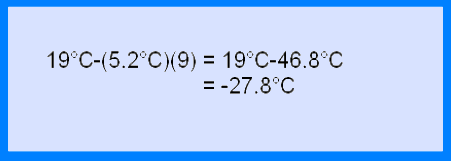- Before I looked for the surface area I had to divided the side into a way I could find the surface area easily because the shape is irregular.
- So I divided the shape into two pieces one into a triangle and one into a rectangle.
- First I used the Pythagorean Theorem to find the measurement of the base of the pool.
- After I square rooted my answer that gave me the length of the base.
- Now I can find the surface area of that side.
- Now I started finding the surface area of the inside walls of the pool that need painting which was the bottom of the pool, the side, back and front.
- I found the surface area of the rectangle in the irregular shape then the triangle then added them together, then multiplied it by two.
- Then I found the S.A of the base (bottom of the pool) by multiplying the length and width.
- Next I found the front and the back by using the same formula but different heights because the pool gradually gets greater.
- Then as a result I added all the it together and got an answer of 389 m^2.
*This may not be the answer at the back because I could not find a way to get that answer. (:


















































